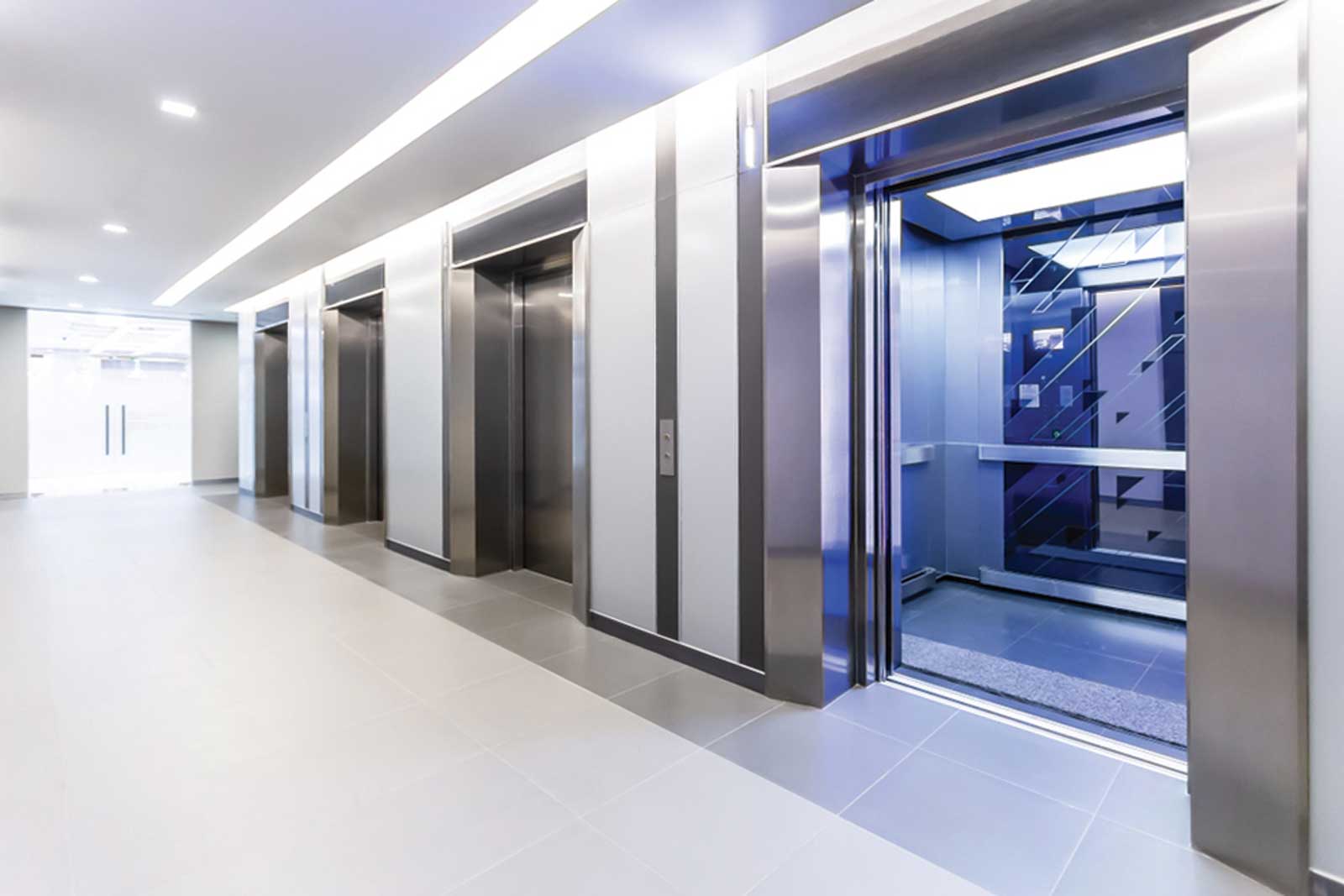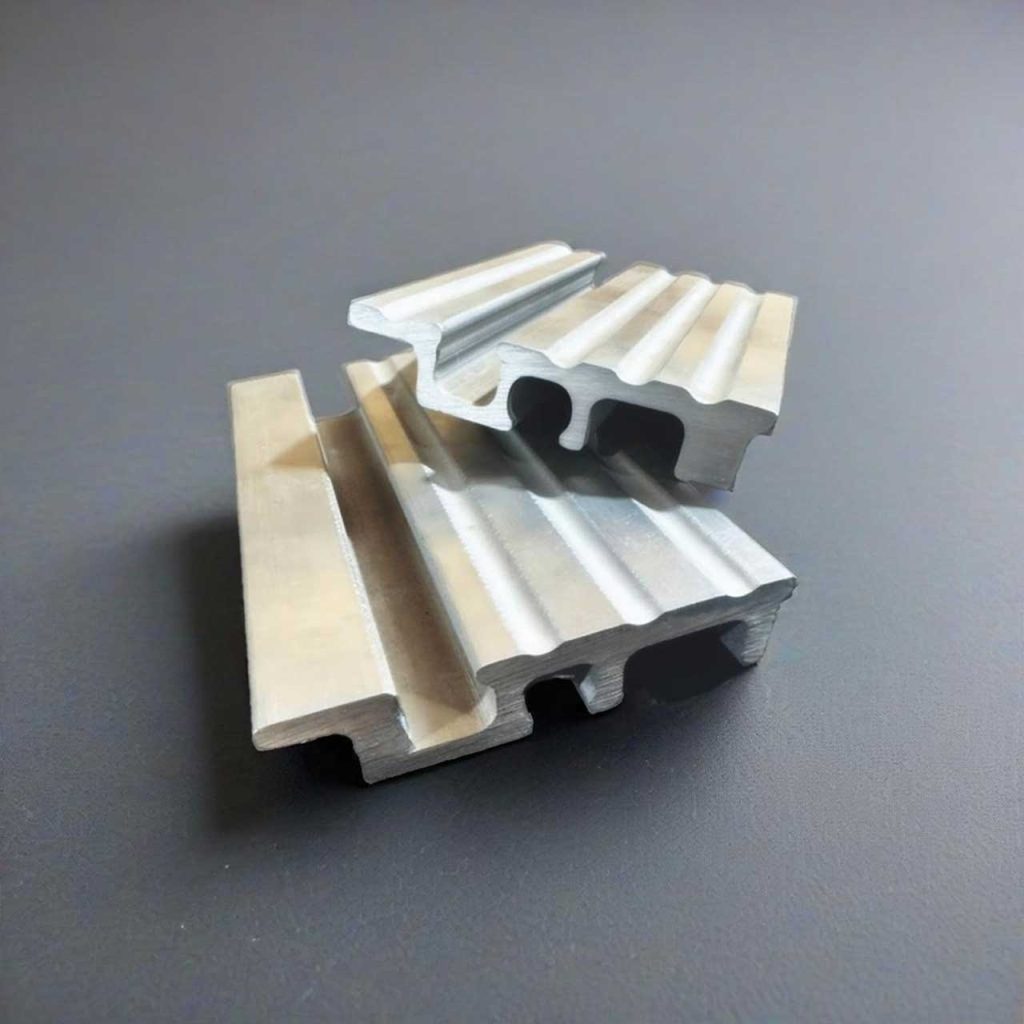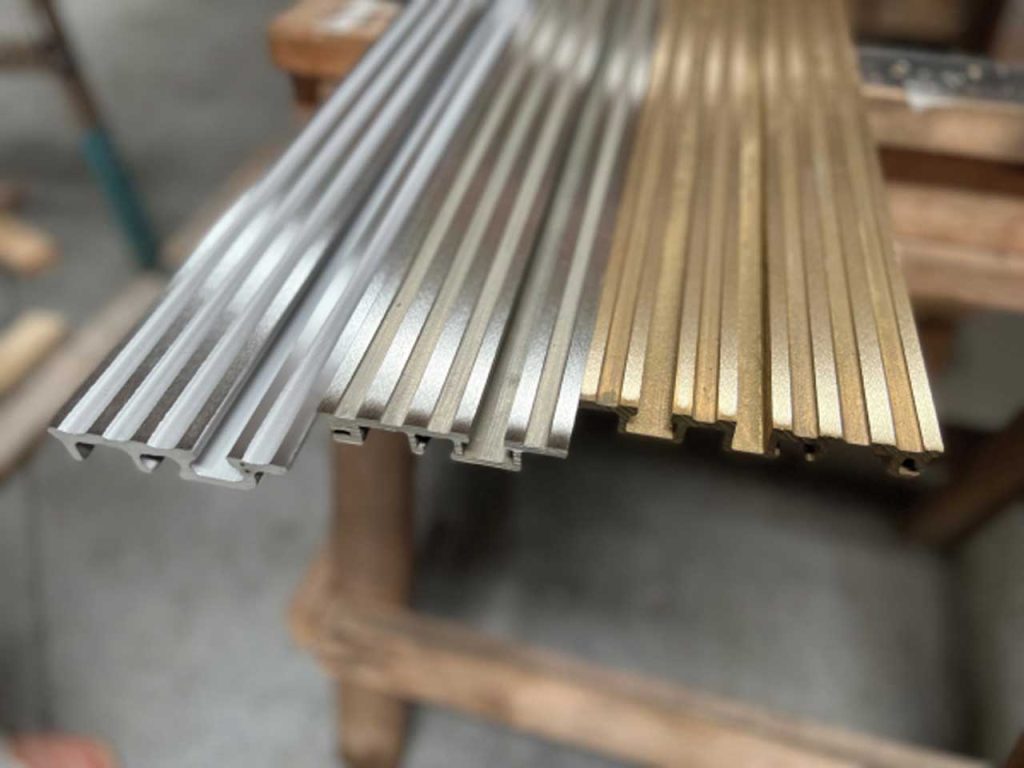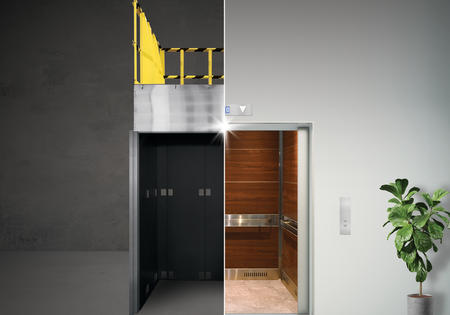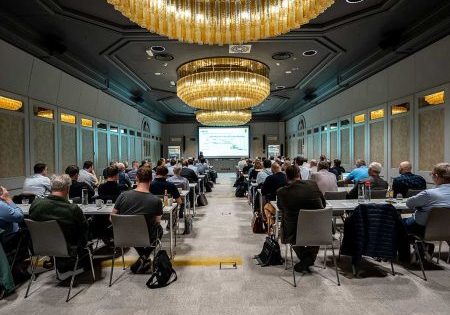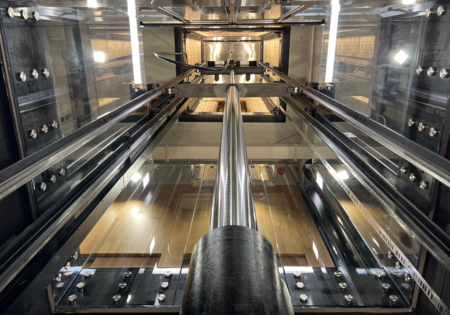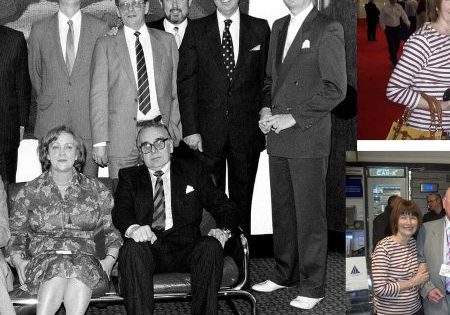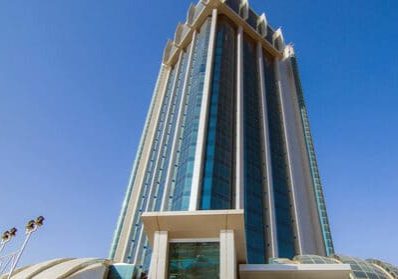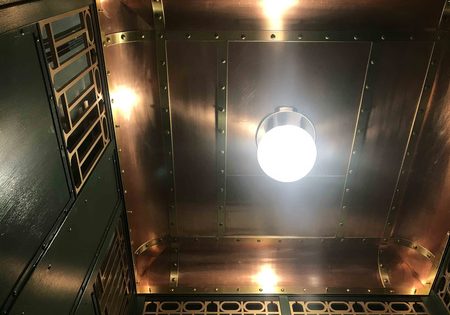Your author explains how certain metals provide a durable and aesthetic finish to elevator cabs.
by Desmond Sinclair
In today’s elevator designs, cab components must deliver more than aesthetic value — they must meet high expectations for performance, longevity, safety and compliance. As demand rises for both custom and durable solutions, the materials and manufacturing processes behind elevator cab accessories have never been more critical. From sills and thresholds to trims and panels, the industry is increasingly focused on balancing design freedom with functional durability. At the same time, suppliers and manufacturers alike are adapting to evolving building codes, sustainability targets and the unique challenges of high-traffic environments.
Meeting the Demands of Durability and Design
Among the most demanding elevator cab components are entrance sills — often overlooked but crucial to passenger safety and equipment longevity. These sills endure heavy foot traffic, exposure to moisture and constant mechanical interaction. The materials used for these parts must resist corrosion and wear while retaining a clean, professional finish over time.
Nickel silver, brass and stainless steel have emerged as leading materials of choice in the industry. Each offers distinct advantages:
- Nickel silver combines the elegance of silver with the durability of brass and copper alloys.
- Brass delivers a warm, classic aesthetic and natural antimicrobial properties.
- Stainless steel is favored for its strength and corrosion resistance.
These metals are not only functionally sound, but also align with the trend toward refined, architectural-grade finishes in cab interiors — especially in Class A commercial buildings and luxury residential developments.
The Customization Imperative
While standardization has its benefits, the elevator industry continues to shift toward custom-fabricated components that support bespoke designs and architectural specifications. This is particularly true in retrofit and modernization projects, where dimensional constraints or existing structural elements demand non-standard parts.
Today’s suppliers must be equipped to handle variable lengths, hole placements, slotting and specialized surface finishes — often with short lead times. As a result, manufacturers are embracing flexible production models that combine traditional craftsmanship with modern CNC (Computer Numerical Control) manufacturing capabilities to meet the growing demand for precision customization.
Value-Added Manufacturing as a Service Model
To enhance efficiency and reduce on-site labor, the supply chain is evolving. Many suppliers are now offering value-added services such as pre-cutting, drilling, sanding and surface treatment — allowing elevator OEMs and contractors to receive installation-ready components.
This shift from “raw material” supplier to integrated partner supports leaner project timelines, reduces waste and ensures tighter quality control. It also aligns with the broader industry trend toward Just-In-Time (JIT) inventory strategies, which require close coordination between buyers and suppliers to maintain project schedules without overstocking.
Material Sourcing and Global Supply Chain Stability
With global supply chains still facing disruption and raw material prices under pressure, sourcing strategies have come under the spotlight. Many elevator component manufacturers are reassessing their vendor networks, prioritizing suppliers that offer a combination of technical expertise, flexible warehousing and dependable logistics.
This highlights a broader industry need: suppliers that don’t just provide parts, but that act as strategic partners — offering metallurgical insight, inventory management and rapid-response capabilities to help clients navigate uncertainty and remain competitive.
A Trusted Partner in an Evolving Industry
Get more of Elevator World. Sign up for our free e-newsletter.
